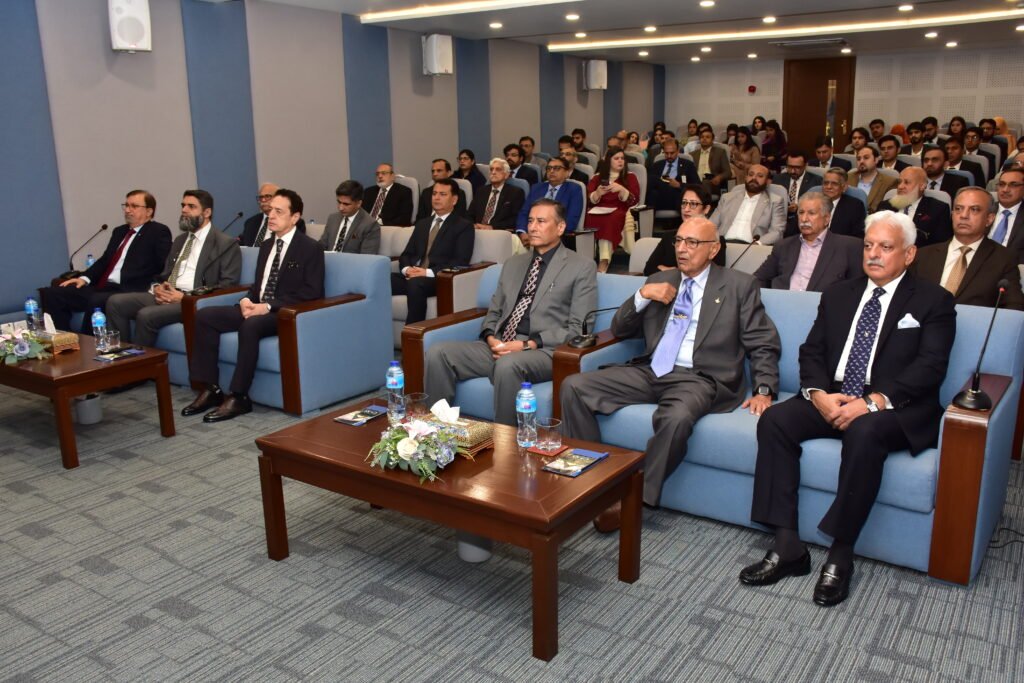
Seminar
Dominating the Skies: Strategic Use of Air Medium in Modern Conflicts
About The Event
The character of modern warfare is undergoing a profound transformation. Technological innovation, shifting geopolitical dynamics, and the lessons of recent conflicts are redefining how air power is employed, and deployed. The traditional notion of air dominance, centred on platforms and numbers, is giving way to a multi-domain construct where effectiveness depends on connectivity, integration, and adaptability across air, cyber, space, and the electromagnetic spectrum. Beyond-Visual-Range (BVR) engagements, precision-guided missiles, unmanned systems, and advanced Electronic Warfare (EW) have moved to the forefront, making Multi-Domain Operations (MDO) the cornerstone of contemporary military strategy.
For Pakistan, these are not abstract debates but lived realities. The May 2025 conflict with India marked a watershed moment in South Asian security, where the Pakistan Air Force (PAF) demonstrated its ability to synchronise manned aircraft, drones, precision missiles, and non-kinetic tools into a coherent operational design. This performance underscored not only the efficacy of doctrinal innovation but also the dividends of sustained investment in training, indigenous capacity, and institutional transformation. The emergence of dedicated commands in cyber, EW, space, and UAVs further reflects PAF’s evolution into a force equipped to compete in tomorrow’s battlespace.
Yet the current environment presents both challenges and opportunities. Regionally, India’s pursuit of advanced missile systems, long-range strike capabilities, and doctrinal shifts continue to threaten the stability of the region. Globally, lessons from the Russia–Ukraine war and the Iran–Israel confrontation highlight the vulnerabilities of even advanced militaries to drone swarms, saturation missile attacks, and information warfare. For Pakistan, sustaining deterrence and ensuring air superiority will depend on its ability to integrate lessons from these conflicts while deepening its doctrinal, technological, and industrial foundations.
CASS Lahore seminar titled “Dominating the Skies: Strategic use of the Air Medium in Modern Conflicts”, examined the evolving role of air power in modern conflict. It explored Pakistan’s operational experiences, situating them within broader international trends. It also assessed how MDOs can shape future deterrence, resilience, and strategic stability.
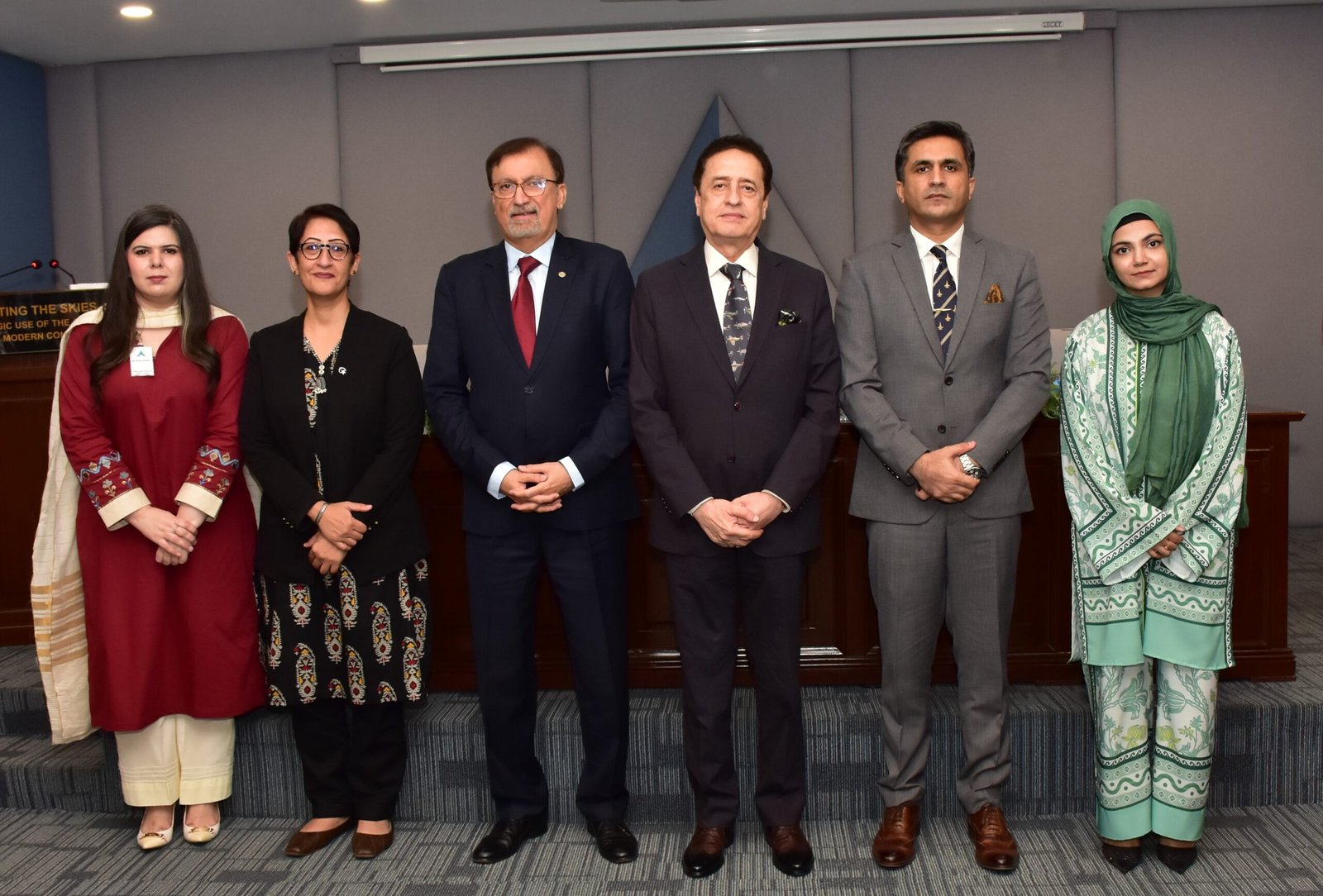
Key Takeaways
- Triangle of Air Power
The fusion of aircraft, drones, and missiles—framed within converging warfare trends of multi-domain integration, precision strikes, and salvo competition—has become a decisive formula shaping modern strategic outcomes.
- Drones as Instruments of Disruption
Drones provide persistence, pressure, and disruption at low cost, allowing even weaker states to deny adversaries freedom of movement and impose continuous operational strain.
- Zarb-e-Karrar: Culmination of PAF’s Transformation
The May 2025 war validated the PAF’s post-2021 doctrinal and organisational overhaul—marked by specialised commands and advanced inductions—by integrating manned, unmanned, cyber, EW, missile, GBAD, and space assets into a single cross-domain warfighting system.
- Financial Innovation and Self-Reliance
Despite economic pressures, the PAF has sustained modernisation by adopting innovative financing, expanding defence exports, and prioritising indigenous innovation—all of which underpin its financial strategy.
- Training and Exercises
Large-scale local and international exercises have strengthened the PAF’s adaptability, operational readiness, and capacity to rehearse multi-domain warfare in realistic scenarios.
- Missiles as the Grammar of War
After the recent conflicts, in the use of the air medium, missiles have taken place not as a substitute but as a significant player. They shape tempo, escalation risks, deterrence dynamics, and the perceptions of both adversaries and allies.
- Dual-Capable Systems and Escalation Risks
The increasing overlap between conventional and nuclear missile systems compresses decision-making and raises escalation risks, making clear doctrine and communication essential for stability.
- India’s “New Abnormal”
India sought to establish a “new normal” during the war. Instead, it revealed only a “new abnormal”—marked by a lack of substance, clarity, and the ability to deliver results.
- India’s Military Capabilities vs Political Ambitions
India’s armed forces’ capabilities did not match the desires of its war-mongering political elite, despite spending vast sums of money.
Policy Considerations
- Invest in People, Doctrine, and Indigenous Innovation
PAF must prioritise doctrinal evolution, invest in human capital, and advance indigenous technologies as the foundation of enduring capability.
- From Platforms to Cross-Domain Synergy
To prevail in future wars, the PAF must move beyond platform-centric supremacy by integrating airpower with cyberspace, the electromagnetic spectrum, and outer space—developing a system-centric, C4I2SR-enabled, multi-domain, and adaptive force that transforms deterrence into dominance.
- Resilient Counter-Salvo and Air Defence Posture
To defend vulnerable points (VPs) and strategic assets, layered air and missile defences, sustained interceptor stockpiles, and robust repair-and-resupply mechanisms are essential to absorb missile salvos and ensure campaign endurance.
- Indigenous Technological Sovereignty
Pakistan must build a self-reliant defence ecosystem by advancing indigenous drones, precision munitions, EW, and satellites, while integrating space awareness and resilient cyber forces to safeguard critical systems, cut external dependence, and secure strategic autonomy.
- Escalation Management and Narrative Warfare
Codify red lines and phased responses while ensuring rapid crisis communication and proactive information campaigns to prevent miscalculation and adversary dominance in the information space.
- Strategic Partnerships and Enduring Transformation
To consolidate the gains of Marka-e-Haq and preserve its operational edge, Pakistan must strengthen traditional alliances, diversify partnerships, and institutionalise recent doctrinal and organisational reforms as enduring national policy.
- Investing in Hypersonic Systems
Pakistan must prioritise the development and deployment of hypersonic weapons to safeguard deterrence credibility and ensure seamless integration within a multi-domain defence framework.
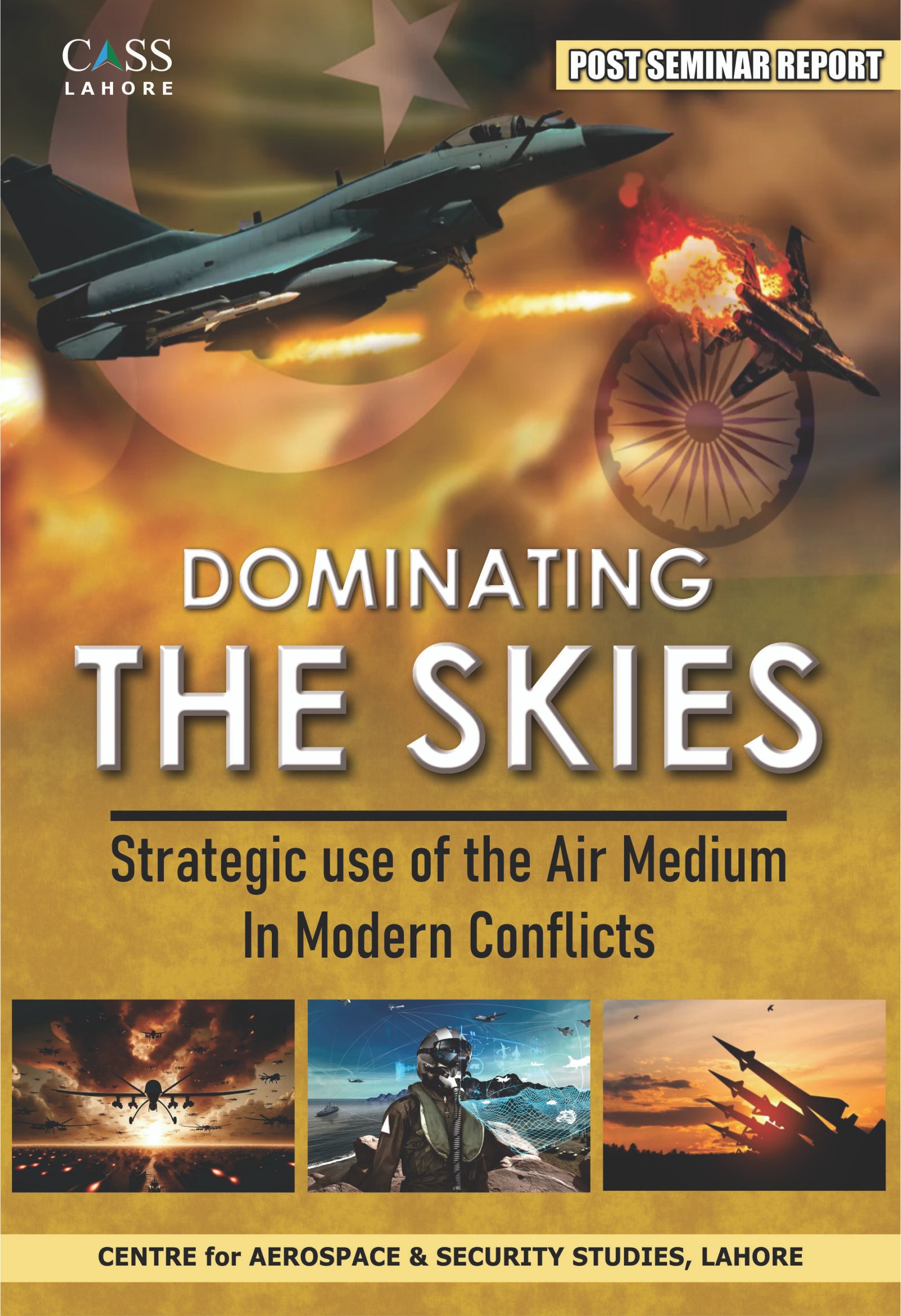
Post Event Report
A comprehensive report capturing expert analyses, strategic insights, key recommendations, media coverage, and event highlights.
Guest Speakers
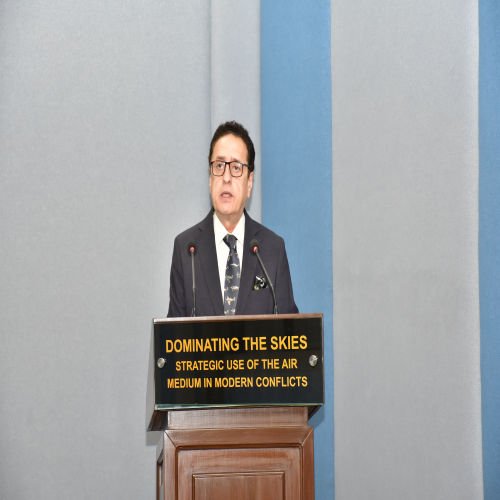
Air Marshal Asim Suleiman (Retd)
President, CASS Lahore
Dr Rabia Akhtar
Dean, Social Sciences, University of Lahore (UOL)
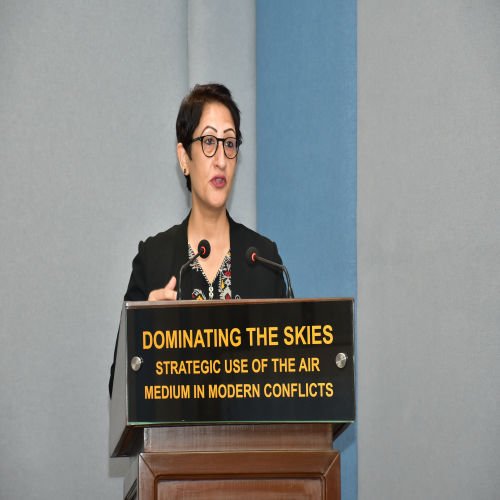
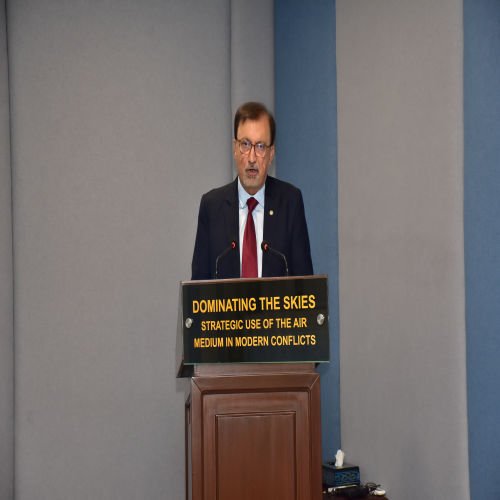
Air Cdre Khalid Banuri (Retd)
Senior Advisor Training Project Phoenix, AHQ

Event Chair
Air Marshal Asim Suleiman (Retd)
President, CASS Lahore
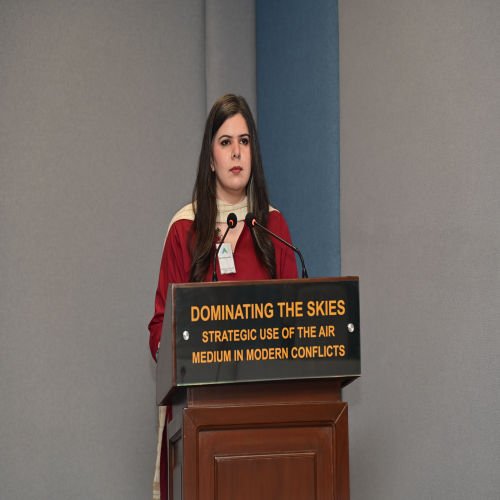
Event Coordinator
Nidaa Shahid
Associate Director, CASS Lahore
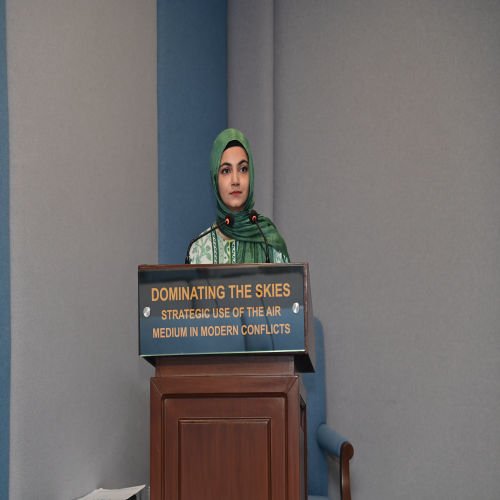
Master of The Ceremony
Maheera Munir
Research Assistant, CASS Lahore
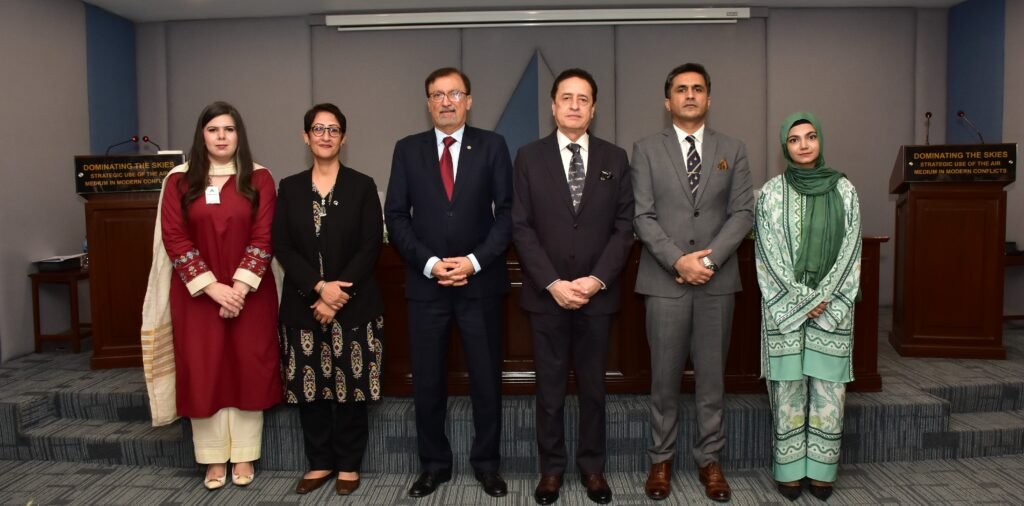
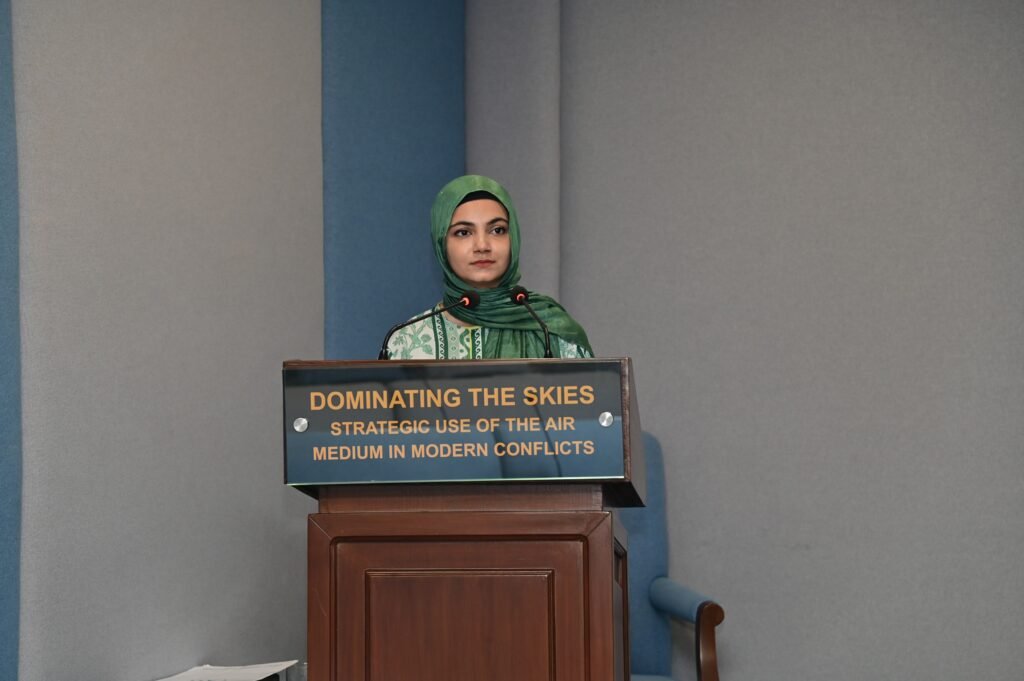
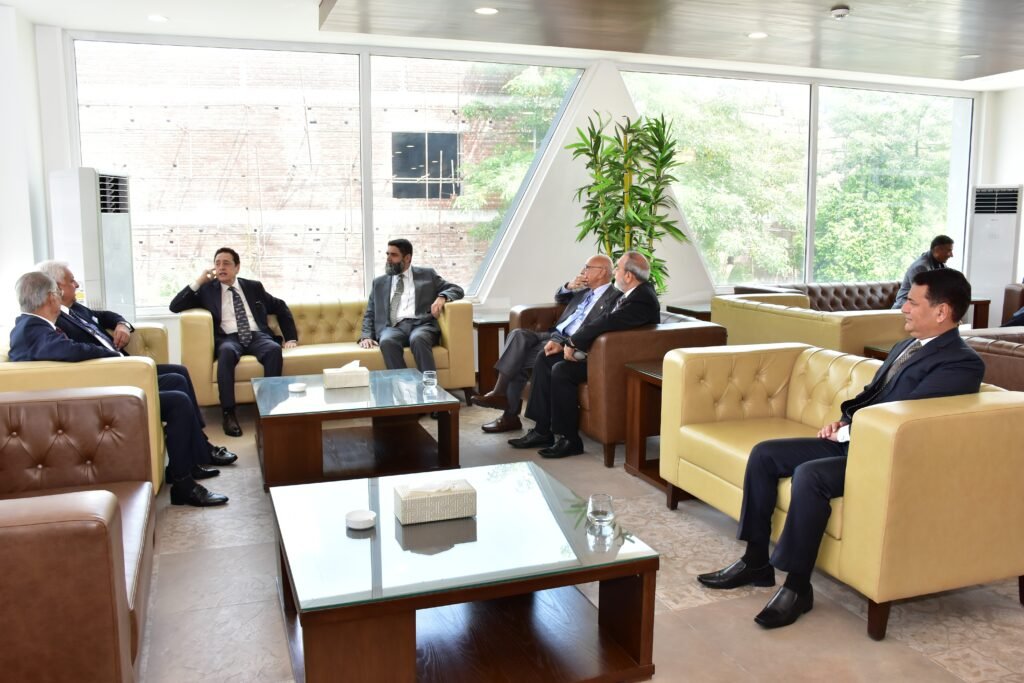
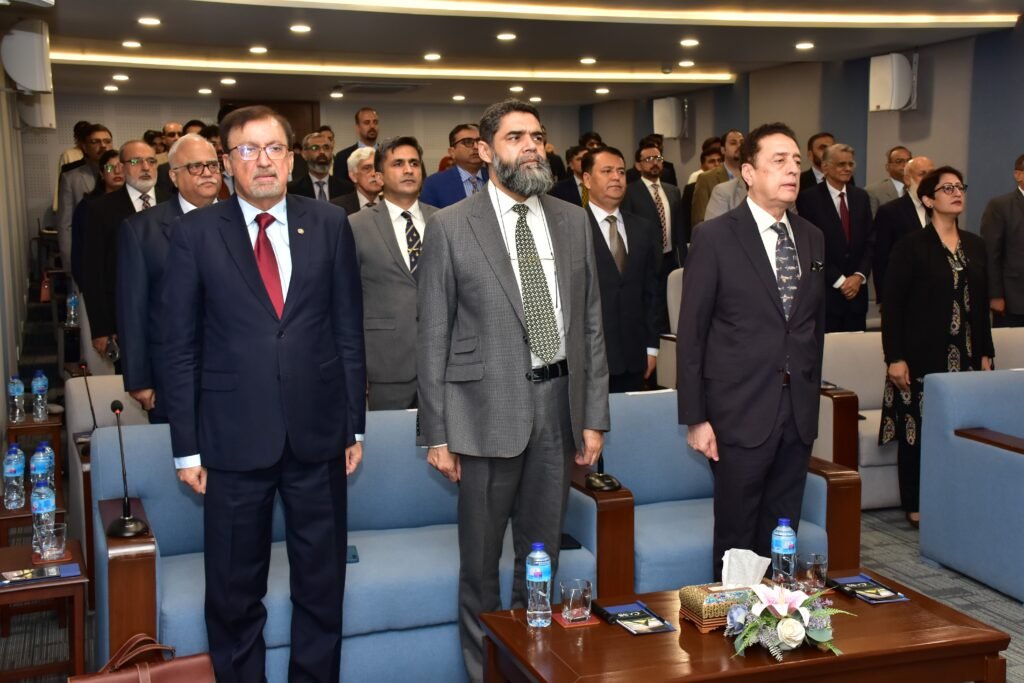
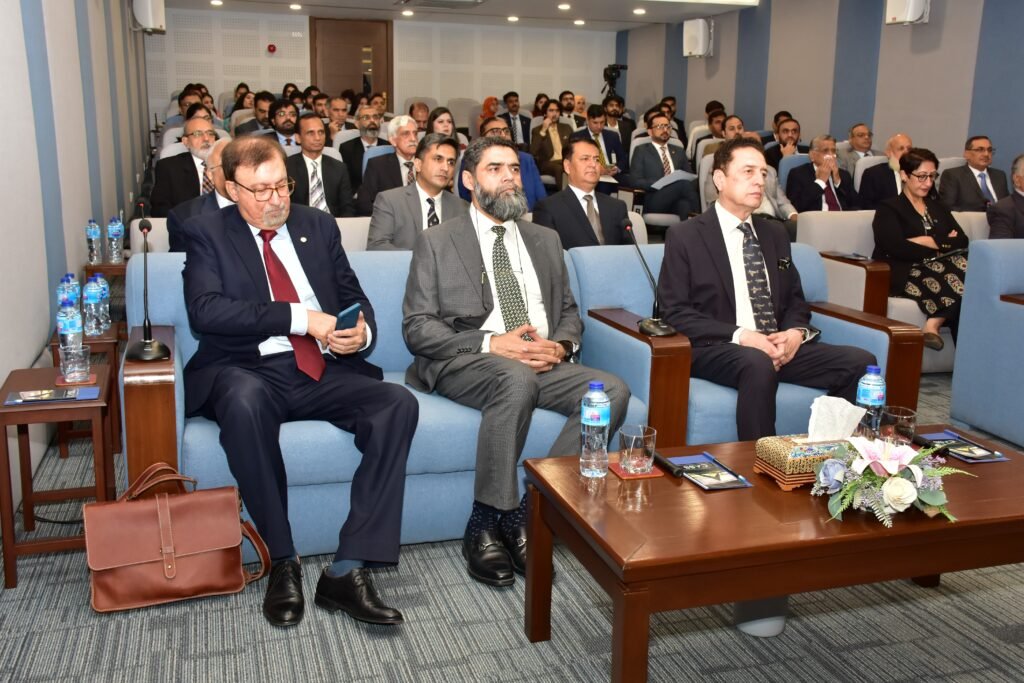
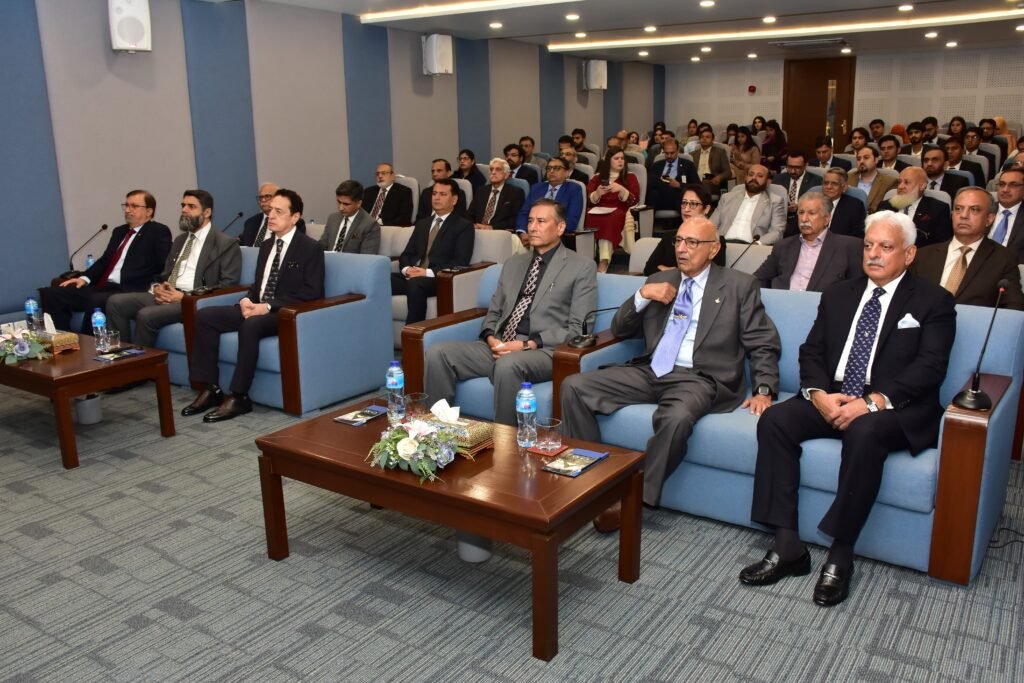
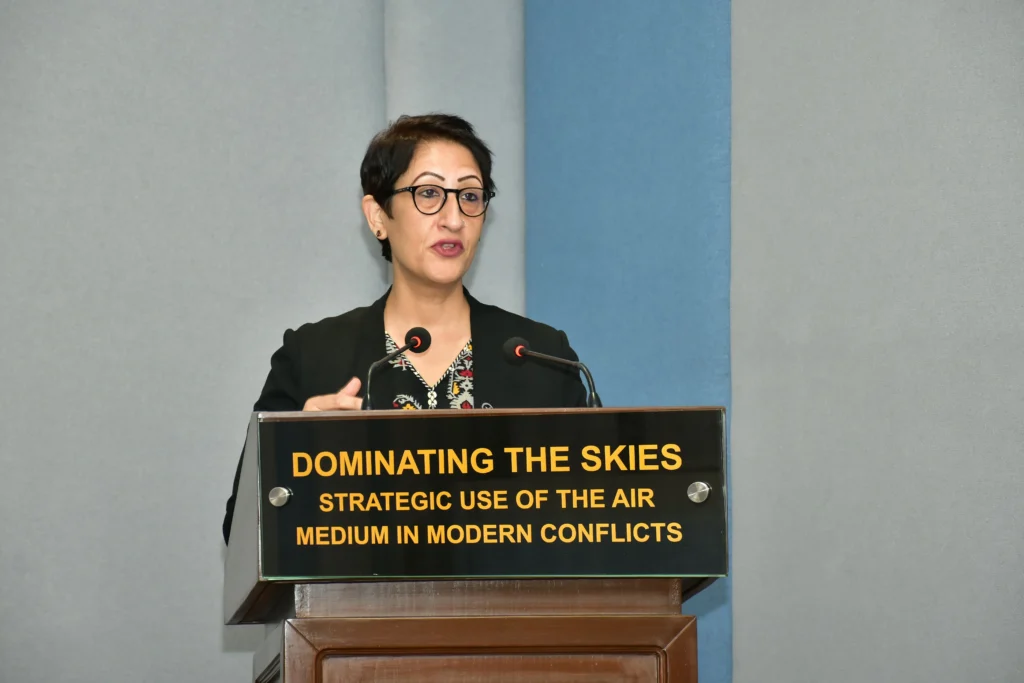
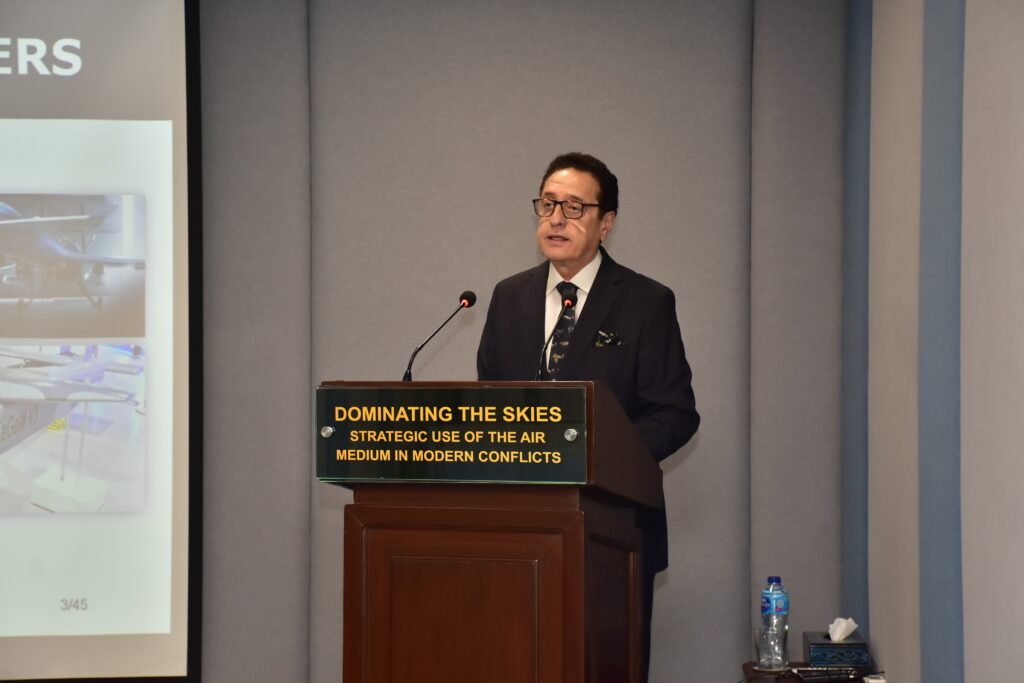
CASS LAhore

The Centre for Aerospace & Security Studies (CASS) was established in July 2021 to inform policymakers and the public about issues related to aerospace and security from an independent, non-partisan and future-centric analytical lens.
CASS Newsletter
CASS Galleries

@2025 – All Right Reserved with CASS Lahore.

